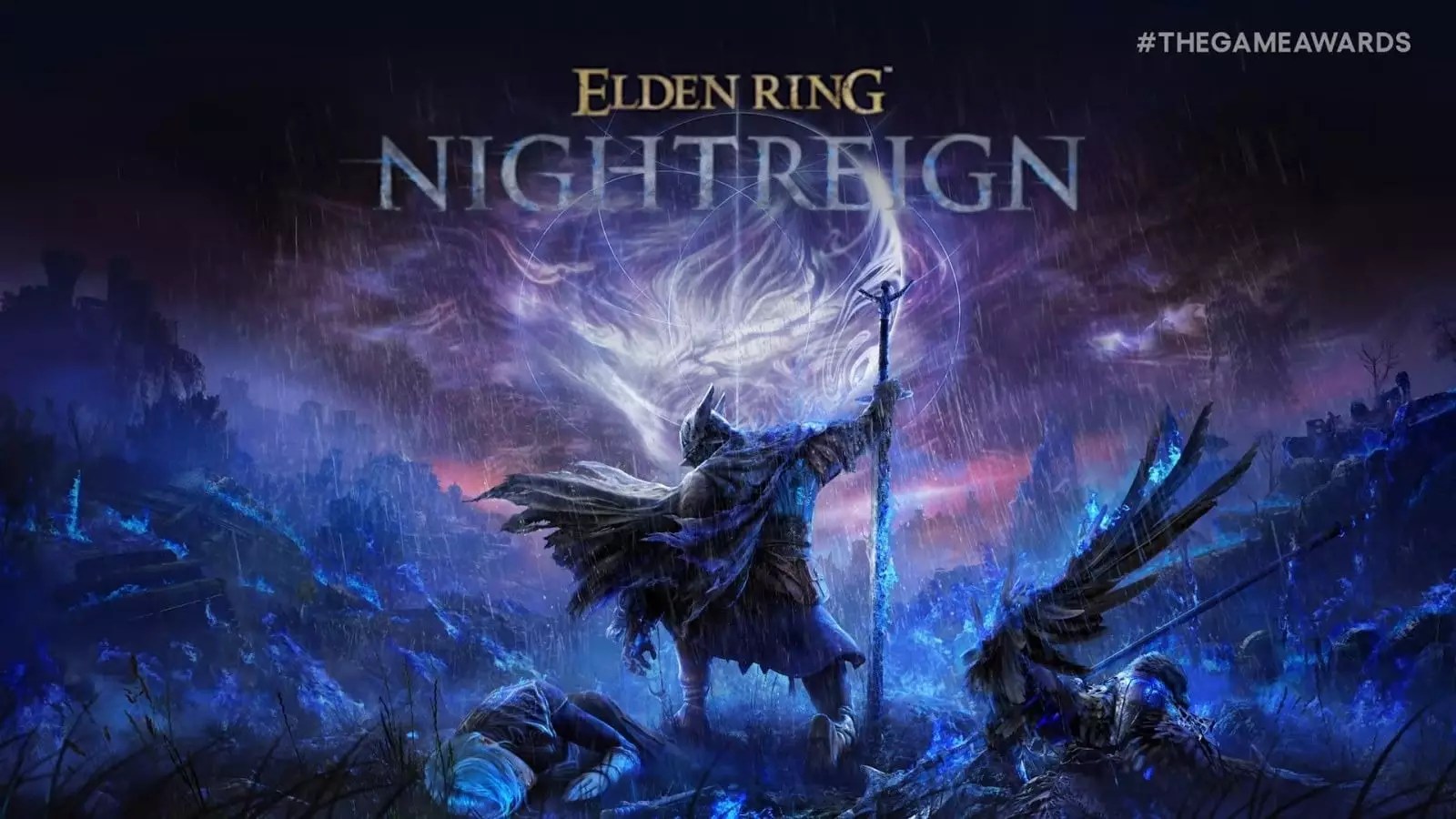The evolution of multiplayer gaming has always been fueled by a desire for deeper human connection and shared experiences. In the case of Elden Ring Nightreign, the initial launch overlooked a fundamental aspect that many players crave: the ability to team up with just one other friend. While single-player and trio modes offered diverse experiences, the absence of a duo mode created a noticeable gap. This omission not only limited social interaction but also shaped how players perceived the game’s accessibility and community engagement. In today’s gaming landscape, where multiplayer interactions often define a game’s longevity and appeal, neglecting a simple two-player option was a misstep that many recognized and criticized. Now, with the impending addition of duos, the developers acknowledge this oversight and attempt to rectify it, highlighting the importance of flexible multiplayer options in fostering a more inclusive, enjoyable experience.
Strategic Timing and the Power of Community Expectations
The delayed implementation of the duo mode—arriving months after the game’s original release—might seem like a typical patch, but it actually reflects a broader understanding of player needs. For many, the initial release was too rushed or limited, forcing friends to either join random players or miss out entirely. This forced cooperation often results in awkward gameplay situations or diminished enjoyment. By listening to community feedback and prioritizing the addition of duo capabilities, the developers demonstrate a strategic approach that recognizes the value of community engagement. The timing underscores a shift from reactive patching to a more player-centered development philosophy. It sends a powerful message: that developers must evolve alongside their community’s desires to sustain interest and foster loyalty.
The Significance of Duo Mode for Player Experience and Game Longevity
Introducing a dedicated duo mode is more than just a technical update; it’s a game-changer for how players experience Elden Ring Nightreign. Playing with a single friend brings a balance of intimacy and challenge that is often lost in larger cooperative formats. The shared communication, synchronized strategies, and mutual understanding create a memorable bonding experience that risks being diluted in trio or larger groups. This mode is also a pragmatic solution to today’s busy schedules—finding two friends online simultaneously is more feasible than organizing a trio. The addition of variable roguelike elements ensures that no two runs are the same, offering replayability and enhancing the game’s lifespan. Furthermore, the implementation of quality-of-life improvements like better Relics filtering and UI updates indicates a future where player feedback directly influences game refinement, fostering a more loyal, engaged community.
Is This the Future of Cooperative Gaming?
The introduction of the duo mode in Nightreign might seem like a small update, but it signifies a broader shift in how developers approach multiplayer design. Modern gamers crave flexibility—options that fit into their chaotic lifestyles without sacrificing the depth that makes multiplayer experiences worthwhile. When major franchises or games fail to adapt, they risk alienating core audiences, leading to dwindling player bases. Conversely, games like Nightreign that respond to fan demands with thoughtful updates demonstrate resilience and foresight. Ultimately, the success of this mode could serve as a blueprint for future multiplayer innovations—emphasizing ease of access, communication, and meaningful social gameplay. As players gain more control over their cooperative experiences, the true potential of multiplayer gaming will be realized, fostering communities that grow stronger through shared adventures, not logistical frustrations.


Leave a Reply